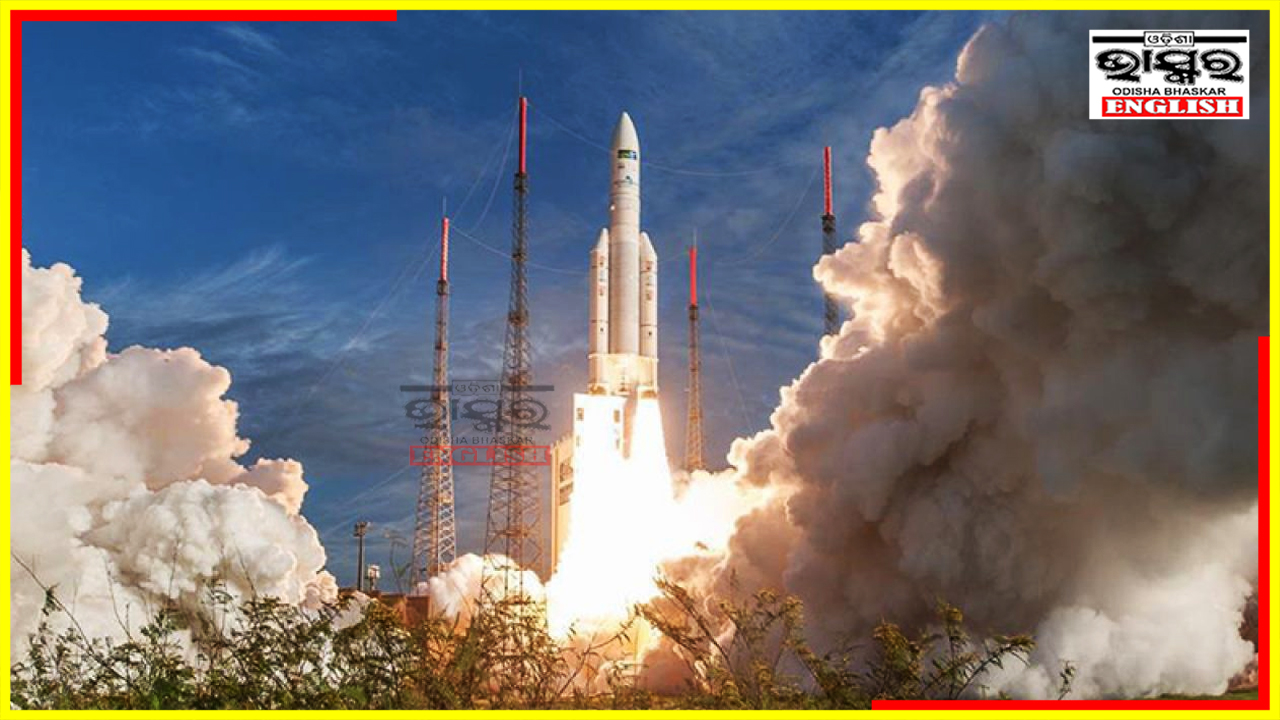New York: India’s space program has garnered praise from The New York Times, which highlights the country’s burgeoning space-tech start-ups and their potential to revolutionize space exploration. The article emphasizes India’s remarkable progress, noting that from its humble beginnings in 1963 when a rocket with a bicycle-wheeled nose cone reached a modest altitude, the nation has now found firm footing in the modern space race.
The New York Times highlights the exponential growth of India’s space-tech start-ups, which have surged from five to at least 140 registered companies during the pandemic. These start-ups are poised to transform the world’s connection to space and have identified a substantial market to serve.
The joint statement by Prime Minister Narendra Modi and President Joe Biden emphasizes enhanced collaboration between the US and Indian private sectors in the space economy.
Notably, both India and the US perceive space as an opportunity for India to act as a counterweight to China. The article highlights India’s geopolitical advantage, given the diminished role of Russia as a competitor due to the Ukraine conflict. Additionally, the US government is more inclined to approve the transfer of military-grade technology through India compared to China.
India’s geopolitical advantage, along with its affordable engineering talent, contributes to its rise in the space race. Notable companies like Skyroot Aerospace and Dhruva Space are driving innovation.
Pixxel, a Bengaluru-based start-up, has secured a contract with a Pentagon agency. India’s vendor ecosystem and its specialized products cater to the space industry.
The demand for satellite launches is projected to reach 30,000, creating opportunities for Indian companies.
Dhruva Space’s recent success with its satellite orbital deployers showcases India’s progress. Overall, India’s space program and start-up ecosystem have gained global attention for their transformative potential in space exploration.




Comments are closed.